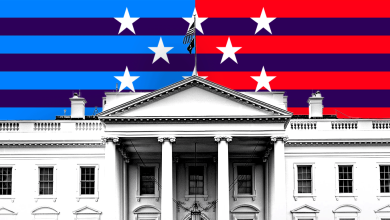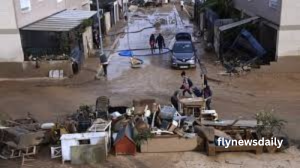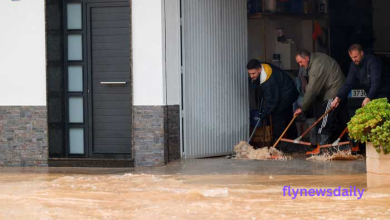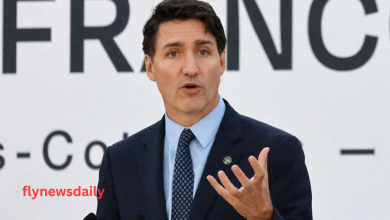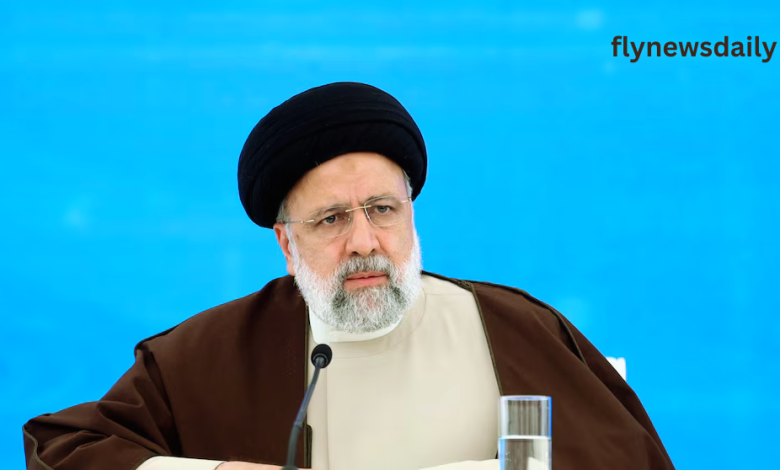
Introduction
The world was shocked to learn of the sudden death of Iran’s President in a helicopter crash. This tragic event has not only plunged the nation into mourning but also raised numerous questions and concerns both domestically and internationally. The unexpected nature of the incident has reverberated through global political arenas, highlighting the fragility and unpredictability of life and leadership.
Profile of Iran’s President
Biography and Background
Iran’s President, a figure of significant political stature, was born into a modest family, rising through the ranks of political and religious institutions to lead the nation. His educational background in law and Islamic studies laid the foundation for his political ideology and leadership style.
Political Career and Achievements
Elected as President after a contentious and highly publicized campaign, he was known for his reformist policies and efforts to improve Iran’s economic conditions. His tenure saw significant strides in international diplomacy, particularly in negotiating nuclear deals and fostering regional alliances.
Influence on Iranian Politics and Global Affairs
As a central figure in Iran’s political landscape, his decisions and policies had far-reaching effects. He played a crucial role in navigating the complex web of Middle Eastern politics, often positioning Iran as a pivotal player in regional and global matters.
Details of the Helicopter Crash
Time and Location of the Crash
The crash occurred in a remote mountainous region, far from major urban centers, complicating immediate rescue efforts. The exact time was early morning, a period often favored for official travel to avoid public disruptions.
Helicopter Model and Specifications
The helicopter involved was a state-of-the-art model, equipped with advanced navigation and safety systems. Despite these features, the crash has raised questions about mechanical integrity and maintenance protocols.
Weather Conditions at the Time of the Crash
Preliminary reports indicate that adverse weather conditions, including heavy fog and high winds, may have played a role in the tragedy. Detailed meteorological data is being analyzed to understand the environmental factors better.
Investigation of the Crash
Initial Findings
Early investigations suggest a combination of technical failure and challenging weather conditions. Black box recordings are being scrutinized for further insights.
Authorities Involved in the Investigation
The investigation is being led by Iran’s aviation authorities, with assistance from international experts to ensure a thorough and unbiased analysis.
Potential Causes Being Explored
Investigators are considering various scenarios, including pilot error, mechanical failure, and possible sabotage. Each hypothesis is being meticulously examined to determine the exact cause.
Impact on Iran
Political Implications
The President’s death has created a power vacuum at a critical time, leading to political uncertainty and potential shifts in policy directions. The ruling party and opposition are both navigating this new landscape with caution.
Immediate Response from the Government
In the wake of the crash, the government has declared a state of mourning and initiated protocols for a smooth transition of power. Emergency sessions of parliament and the cabinet are underway to address the crisis.
Public Reaction and Mourning
Nationwide, Iranians have expressed profound grief, with spontaneous vigils and tributes highlighting the deep connection between the President and the populace. Social media is flooded with messages of condolence and remembrance.
International Reactions
Statements from World Leaders
World leaders have expressed their condolences, reflecting the President’s international stature. Statements from major powers emphasize the importance of stability in Iran for regional peace.
Global Media Coverage
The incident has dominated global news cycles, with extensive analysis and commentary. Media outlets are exploring the implications of the crash on international relations and regional stability.
Diplomatic Implications
The President’s death could alter Iran’s diplomatic engagements, especially ongoing negotiations and alliances. Countries closely tied to Iran are reassessing their strategies in light of the new political dynamics.
Succession and Leadership
Constitutional Process for Succession
Iran’s constitution outlines a clear process for presidential succession, involving the appointment of an interim president and the scheduling of new elections. This process aims to ensure continuity and stability.
Potential Candidates
Several prominent figures are being considered as potential successors, each representing different factions within Iran’s complex political landscape. The choice will significantly influence Iran’s future direction.
Interim Leadership Arrangements
Until a new president is elected, an interim leader will oversee the government. This period is crucial for maintaining stability and confidence among the populace and international partners.
Security and Safety Concerns
Review of Presidential Security Protocols
The crash has prompted a comprehensive review of security measures for high-ranking officials. Enhancements in travel safety and emergency response are being prioritized.
Historical Context of Similar Incidents in Iran
This incident is not without precedent in Iran’s history, prompting comparisons and lessons from past occurrences. Previous incidents have led to significant changes in security protocols.
Measures Taken to Prevent Future Occurrences
In response to the crash, new regulations and safety measures are being implemented. These include stricter maintenance checks, enhanced training for pilots, and upgraded equipment.
Funeral and Memorial Services
Details of the Funeral Arrangements
The funeral is being organized as a state event, with dignitaries from around the world expected to attend. The proceedings will reflect the President’s status and the nation’s grief.
National Day of Mourning
A national day of mourning has been declared, allowing citizens to pay their respects. Public ceremonies and private remembrances are being planned across the country.
Tributes and Honors
The President will be honored with various tributes, including naming public spaces and institutions after him. These gestures aim to preserve his legacy and contributions.
Political Analysis
Analysis of the President’s Policies
Experts are analyzing the President’s policies to predict how his absence will impact ongoing initiatives. His economic and foreign policies, in particular, are under scrutiny.
Potential Shifts in Domestic and Foreign Policy
The new leadership may bring shifts in both domestic and foreign policies. Observers are keenly watching for signs of change in Iran’s approach to international relations and internal reforms.
Long-term Effects on Iranian Politics
The long-term effects of the President’s death will unfold over time, potentially reshaping Iran’s political landscape. Analysts are speculating on possible realignments and power struggles.
Expert Opinions
Insights from Political Analysts
Political analysts provide varied perspectives on the implications of the crash. Some predict stability, while others foresee potential turmoil and factional conflict.
Perspectives from International Relations Experts
Experts in international relations discuss the global ramifications of the President’s death, particularly concerning Iran’s role in the Middle East and its nuclear program.
Security and Aviation Experts’ Analysis
Security and aviation experts are dissecting the technical aspects of the crash, offering insights into potential failures and recommending improvements in aviation safety.
Historical Context
Previous Incidents of Political Leaders Dying in Office
History offers several examples of political leaders dying unexpectedly, each with unique consequences. These precedents provide context for understanding the current situation.
Historical Patterns of Political Instability in Iran
Iran has experienced periods of political instability, often triggered by sudden leadership changes. This historical perspective helps frame the current crisis.
Comparisons with Other Countries
Comparisons with similar incidents in other countries reveal common patterns and unique responses. These comparisons can offer
